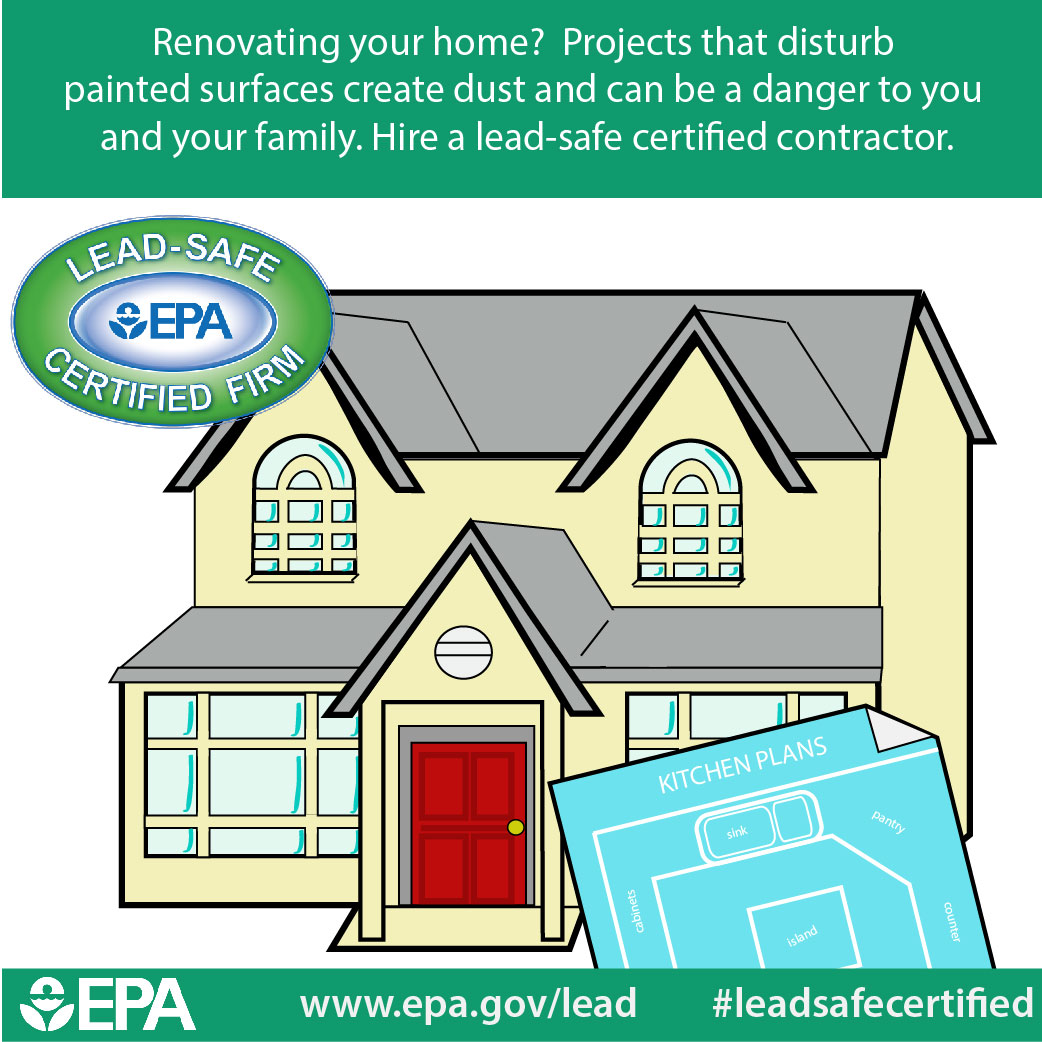Weather Condition Considerations In Commercial Outside Painting: Important Details To Bear In Mind
Weather Condition Considerations In Commercial Outside Painting: Important Details To Bear In Mind
Blog Article
Article By-Duke Turan
When you're intending a business external paint task, don't underestimate the effect of weather on your outcomes. You need to think about factors like temperature, moisture, and rainfall, as they can make or damage your paint task. As an example, did you know that suitable conditions call for particular temperature varieties and humidity levels? Falling short to monitor these aspects can lead to irregular surfaces or perhaps damage to fresh paint. Recognizing house painting company near me is key to accomplishing a long-lasting, expert result. So, what specific climate condition should you be wary of?
Temperature level Considerations
When it comes to commercial outside painting, temperature level plays a critical function in the end result of your job. If you're repainting in extreme warmth, the paint can dry also promptly, causing concerns like poor adhesion and unequal finishes. You wish to aim for temperatures in between 50 ° F and 85 ° F for the best results. Below 50 ° F, paint may not cure appropriately, while over 85 ° F, you take the chance of blistering and breaking.
Timing your project with the best temperatures is essential. Begin your work early in the early morning or later in the mid-day when it's cooler, particularly throughout warm months.
Also, think about the surface temperature level; it can be significantly more than the air temperature, particularly on bright days. Use commercial building paint to inspect this prior to you begin.
If temperature levels are unpredictable, keep an eye on the weather forecast. Sudden temperature declines or heat waves can derail your strategies. You do not intend to begin painting just to have the problems transform mid-project.
Moisture Levels
Moisture degrees substantially influence the success of your industrial external painting project. When the humidity is too expensive, it can impede paint drying out and curing, resulting in a variety of concerns like poor attachment and end up top quality.
If you're intending a work during moist problems, you might discover that the paint takes longer to dry, which can extend your job timeline and boost expenses.
Alternatively, low moisture can likewise pose difficulties. Paint might dry too promptly, protecting against proper application and leading to an uneven finish.
You'll want to keep an eye on the humidity degrees very closely to ensure you're functioning within the excellent array, commonly in between 40% and 70%.
To obtain the most effective outcomes, think about making use of a hygrometer to gauge humidity prior to beginning your project.
If you find the degrees are outside the ideal range, you might need to adjust your routine or pick paints created for variable conditions.
Always consult the producer's guidelines for particular referrals on moisture resistance.
Precipitation Impact
Rainfall or snow can significantly disrupt your commercial outside painting plans. When rainfall takes place, it can wash away newly used paint or create an unequal finish. Preferably, you want to select days with completely dry weather to make certain the paint sticks appropriately and remedies properly. If simply click the up coming document caught in a shower, it's best to stop the project and wait for conditions to improve.
Furthermore, snow can be a lot more harmful. Not only does it develop a damp surface, but it can additionally decrease temperature levels, making it difficult for paint to completely dry. This can lead to issues like peeling off or blistering down the line.
It's essential to examine the weather report prior to starting your project. If residential painting in portland or or snow is predicted, think about rescheduling.
Constantly remember to allow appropriate drying time in between layers, especially if the weather condition remains unpredictable.
Final thought
In conclusion, watching on the weather condition is crucial for a successful business exterior paint task. By keeping track of temperature, moisture, and precipitation, you can guarantee the best conditions for application and treating. Keep in mind to prepare your work around favorable weather condition and constantly follow manufacturer standards. With the ideal technique, you'll accomplish a durable, lovely finish that can stand up to the elements. Don't allow the weather condition capture you off guard-- stay informed and paint clever!
